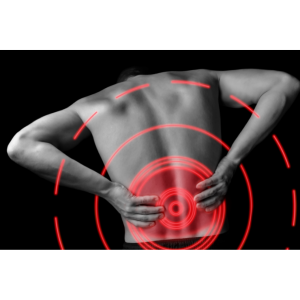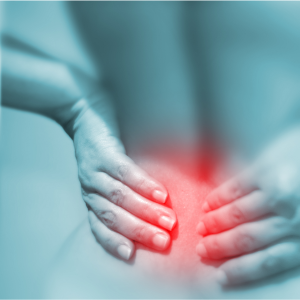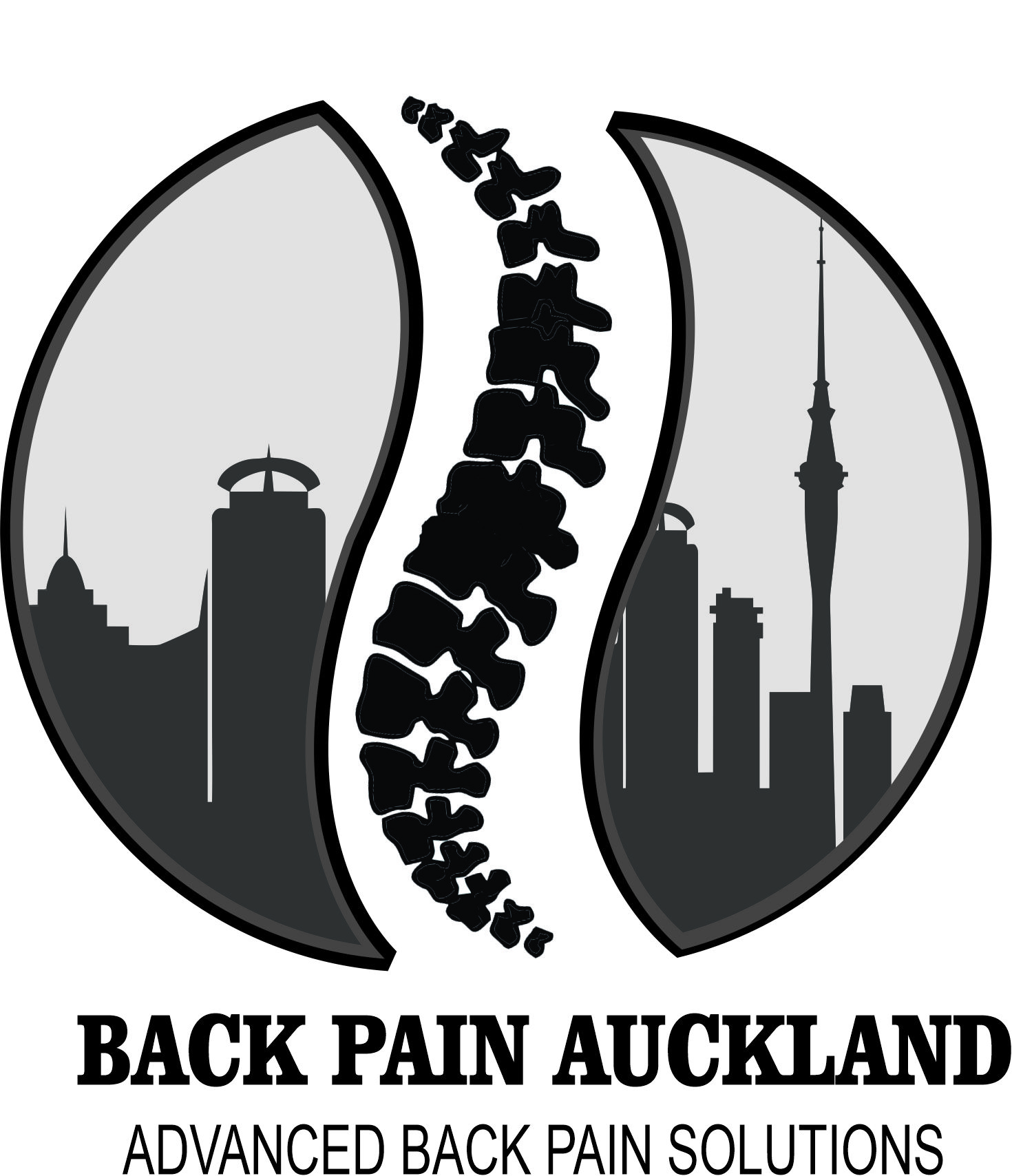If you suffer from lower back pain, you’re certainly not alone. In fact, a whopping 80% of people will experience back pain at some point in their lives, with around half of those seeking out medical advice.
While everyone’s tolerance and experience of lower back pain will differ, it’s essential to understand the differences between general discomfort and more serious conditions. Many people question if their lower back pain is just a product of a hard day’s work or if it’s an indicator of something more severe.
Common causes of lower back pain
Lower back pain can result from a variety of causes, ranging from poor posture to degenerative issues. These can include:

- muscular strains: often due to heavy lifting or abrupt movements
- ligament sprains: typically resulting from overstretching or injuries
- degenerative issues: such as herniated discs or osteoarthritis
- structural problems: such as scoliosis
- lifestyle factors: like obesity or prolonged sitting
- medical conditions: kidney infections or stones can manifest as back pain.
The good news… back pain is rarely serious
Although back pain can sometimes feel debilitating and the pain can be intense, it’s rarely the result of a serious issue. However, some symptoms shouldn’t be ignored, including:
- pain that persists beyond a few weeks
- pain that’s severe, constant, or gets worse at night
- additional symptoms like fever, weight loss, or incontinence
- pain that travels down one or both legs, especially if it extends below the knee
- weakness, numbness, or tingling in the legs
- pain that started after a fall or injury.
Different types of back pain
 There are generally two main types of back pain:
There are generally two main types of back pain:
- Back dominant pain:
This generally starts in the back and might move down to the buttocks or hip area. Different types of movement can either alleviate or worsen this pain. For example, moving forward might make it better or worse. Thankfully, it’s treatable since it generally doesn’t involve nerve damage.
- Radiating leg pain:
Felt as pain that shoots down the legs (sciatica), this type of back pain may involve a compressed spinal nerve. It often causes pain in the leg – anywhere from the buttocks to the foot. While this type of pain often improves on its own, it’s wise to have the oversight of a medical professional who may suggest medication and possibly imaging.
Factors that can exacerbate lower back pain
- Age: As we grow older, the risk of developing issues like disc degeneration increases.
- Physical activity level: Engaging in strenuous activities without proper training or warm-up can predispose you to back injuries.
- Diet and nutrition: Poor nutrition can lead to weight gain, putting additional strain on the back muscles and skeletal system.
- Stress: Emotional stress can lead to muscle tension, contributing to back pain.
Back pain and mindset – worry can make it worse

When we experience back pain, it’s not just the physical discomfort that affects us. The mental and emotional impact can be significant as well. It’s perfectly natural to feel worried or anxious when in pain, especially when it disrupts our daily activities or prevents us from doing the things we enjoy.
This anxiety can make us hyper-aware of every twinge or ache, leading to an increased focus on the pain and sometimes even amplifying it in our minds.
Due to this heightened sense of concern, many people start to modify their behaviours in an attempt to avoid further discomfort. For some, this might mean giving up a hobby, like gardening or hiking.
For others, it might result in avoiding certain movements or activities, like lifting objects or bending. The instinct to protect yourself is understandable. After all, no one wants to exacerbate an already painful situation.
However, this protective behaviour can actually be counterproductive. By moving less, our muscles don’t get the exercise they need to stay strong and flexible. Over time, underused muscles can atrophy or weaken, leading to reduced support for the spine and other structures in the back. This weakening can, ironically, increase the risk of further injury and pain.
As back pain increases due to weakened muscles, it’s easy to become even less active, leading to further muscle weakening. It’s a continuous downward spiral that can be challenging to break out of.
While it’s crucial to listen to your body and give it the rest it needs, it’s equally essential to maintain a level of physical activity that keeps muscles engaged and strong. Engaging in gentle exercises, stretches, or even just taking short walks can make a significant difference.
For more about how mindset can affect your back pain, check out this helpful video from DocMikeEvans.
How Back Pain Auckland can help with lower back pain
 When it comes to addressing and alleviating back pain, there’s no one-size-fits-all solution. Each individual’s experience with pain is unique, influenced by factors like posture, physical activity levels, previous injuries, and even genetics.
When it comes to addressing and alleviating back pain, there’s no one-size-fits-all solution. Each individual’s experience with pain is unique, influenced by factors like posture, physical activity levels, previous injuries, and even genetics.
As such, the most effective approach to navigating back pain is to work with a back pain expert who possesses an in-depth understanding of musculoskeletal anatomy, pain mechanisms, and therapeutic strategies.
At Back Pain Auckland, we take a patient-centred approach with personalised care tailored to your specific needs. Our comprehensive assessment involves delving deep into your history, current pain patterns, and specific muscular imbalances. This initial assessment allows us to discern which muscles might be overly elongated and weakened and which ones might be shortened and tensed.
We also evaluate which muscles may be compromised or non-functional due to inflammation or other issues. This is essential in understanding the length-tension balance relationship in your body and its relationship to your back pain.
The human body functions as an integrated unit, where muscles work in synergy. An imbalance in one area can lead to compensations and overloads in another, potentially exacerbating pain. Recognising these imbalances is not merely about pinpointing pain sources; it’s about understanding the broader biomechanical context of the body.
Once we’ve identified these muscular dynamics, we create a targeted corrective exercise program designed just for you. This program aims to:
- restore balance
- mobilise joints and muscles where needed
- strengthen weakened muscles
- reduce, eliminate pain
- promote optimal function
More than just addressing the symptoms, our focus is on rectifying the root causes of your pain. Our ultimate goal? To empower you with the tools and knowledge needed to live a life free from debilitating back pain – and to achieve this as quickly as possible.
Take the first step to reducing your lower back pain and book in your assessment with Back Pain Auckland today.







